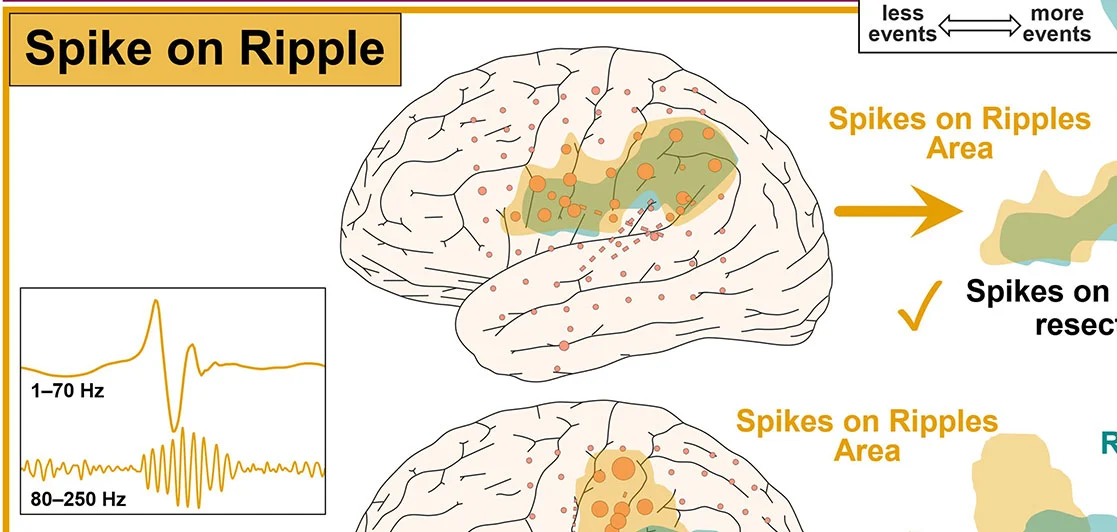Cerebellum Plays a Key Role in Generalized Convulsive Seizures, Study Finds
August 9, 2023
Article published by News Medical Life Science
A study led by Dr. Roy Sillitoe, professor at Baylor College of Medicine and investigator at the Jan and Dan Duncan Neurological Research Institute (Duncan NRI) at Texas Children’s Hospital, has discovered the cerebellum as a source of generalized convulsive seizures. They found that the cerebellum, which is a part of the hindbrain and responsible for motor coordination, alters the activity of a specific group of neurons in the midbrain that then initiates generalized convulsive seizures. The study was published in Communications Biology, a Nature Portfolio journal.
Dr. Sillitoe noted: “To our knowledge, this is the first study to implicate the cerebellum in a pathway that alters the activity of a specific group of neurons in an area called the ventral posteromedial nucleus (VPM) in the thalamus to cause generalized seizures. These findings not only deepen our understanding of how seizures originate but are expected to have a wider impact on several neurological diseases. Moreover, it opens up the tantalizing possibility of using cerebellar circuits as a versatile target for therapeutic interventions to treat generalized epilepsies and other neurological disorders.”
Using optogenetics (i.e., using light stimulation to control genetically manipulated neurons) and drug injection techniques, they found that activation of neuronal inputs specifically to the VPM, but not to other surrounding thalamic nuclei, caused severe convulsive seizures in mice. Despite the canonical view of homogenous, synchronous activity of thalamic neurons during seizures, recent studies indicate the presence of heterogenous activity among neuronal populations both at seizure onset as well as throughout the seizure period. Furthermore, studies in animal models have established that a proportion of cells within the epileptic brain remain largely normal during seizure episodes. Here, they found that a higher proportion-;as many as 80%-;of VPM neurons may change their activity and actively contribute to initiating or sustaining seizures. Within this population, the activity of the affected neurons can take on different forms, altogether suggesting a high level of heterogeneity in neural responses as well as the identity of neurons that respond versus those that remain unchanged.






